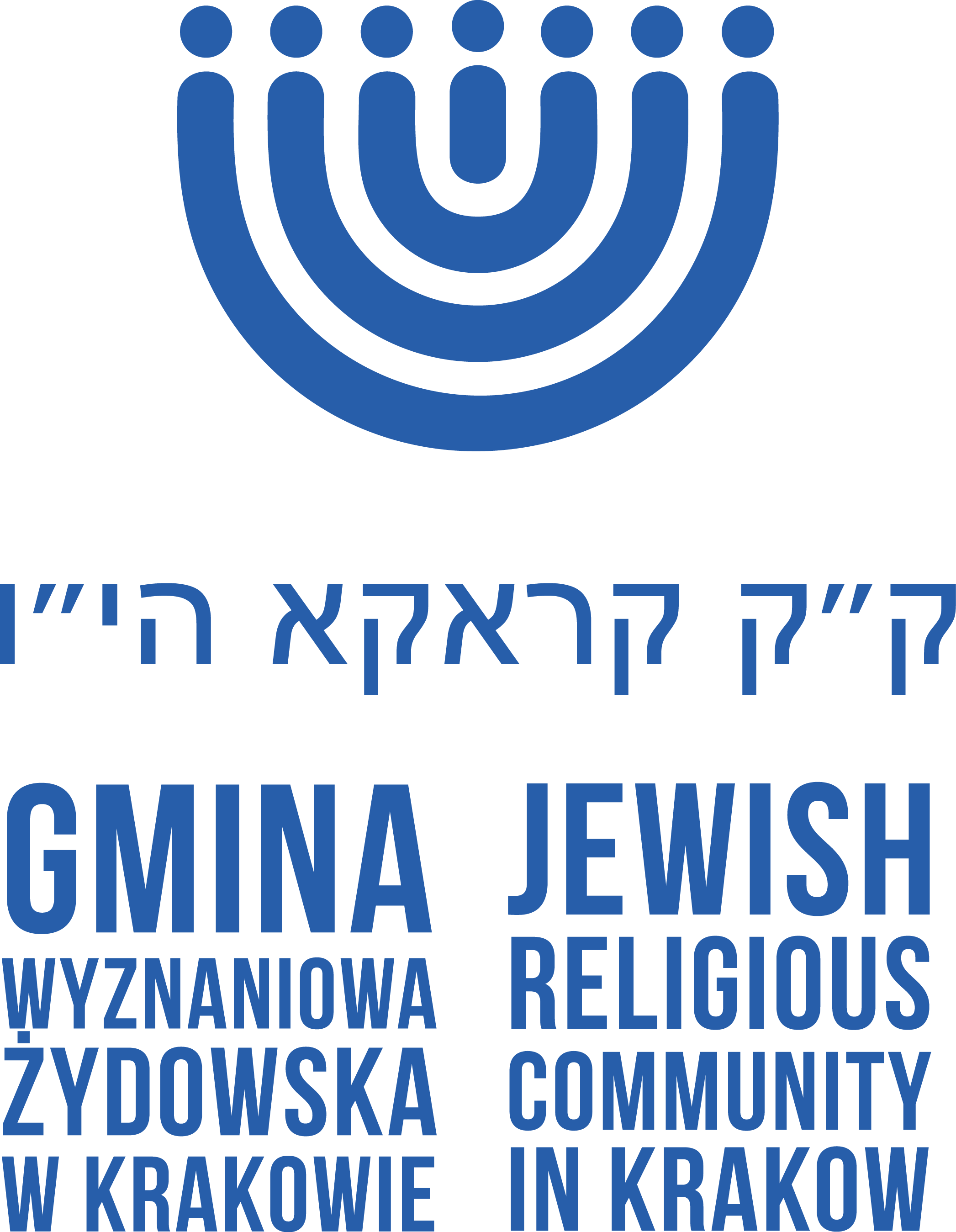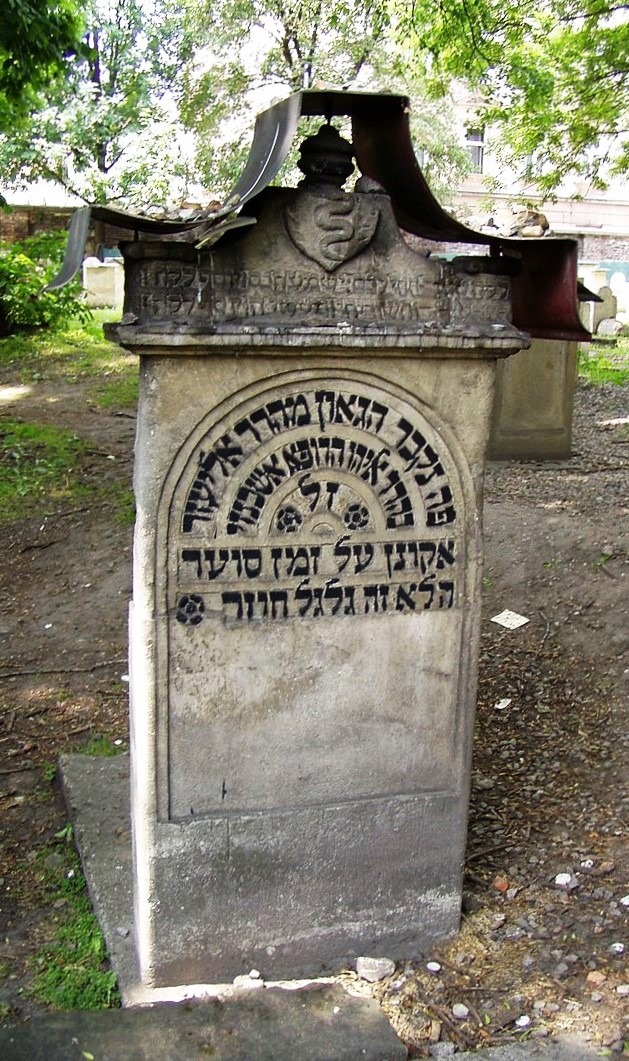Today we remember Eliezer Askenazy, son of Eliasz, a dotor and rabbi of Krakow between 1584-1585.
Most likely born in Venice (although according to other sources he was born somewhere in the Ottoman Empire), he studied in Thessaloniki, at the Yeshiva of rabbi J. Taiłacak. At the age of 26, he became a rabbi in Cairo. During this period, several people asked his opinion, including rabbi J. Karo of Safed (Cfatu), who was developing his codes of Talmudic law, rabbi Moses Alshich, the famous commentator, rabbi M. Isserles (ReMU) from Krakow and S. Luria (Maharshal) from Lublin. After 22 years, in circumstances which remain unknown ,he left Cairo, while in 1561, took the position of rabbi in Famagusta, Cyprus. Over there, he was visited by Eliahu of Pesaro, the traveller, who described him as “the glory of our generation” and admired his general knowledge, piety and the knowledge of 12 languages. After the Turkish occupation of Cyprus in 1570, he moved to Venice, which he later left due to a dispute with Rabbi S. J. Kartzenellenbogen. Then, he lived in the Crimea followed by Prague, where together with Rabbi J. Löw ben Becalel (Maharalem), he founded the Prague Chewra Kadisha, which was the world’s first funeral fraternity serving the needs of the entire Jewish community in a given town.
He then returned to Italy and became a rabbi in Cremona. He returned to Poland in 1578 and lived in Poznan and Gniezno, only to finally move to Krakow where he most likely held the position of the head of the rabbinical court. Later on, his views caused much controversy, as he denied the authenticity of the miracles described in the Bible, considering their description to be the result of either copyists’ mistakes or a misunderstanding. He was an outstanding scientist – a rationalist, a man of Renaissance, an expert in philosophy, physics and medicine. When he was not a rabbi, he earned his living as a doctor ( the symbol of medicine – the Aesculapian snake is placed on his tombstone). Moreover, it was probably Eliezer Askenazy who first expressed (as early as in the 16th century!) the idea that pluralism is God’s will. An interesting legend tells of how he left Egypt (where he was a rabbi in Cairo for 22 years). According to the story, he had a flying carpet which he used to move from one place to another. As the spring festival of Pesach was approaching, he took his wonderful gold and silver vessels (used only during this holiday ) which he kept in the cupboards. Out of envy, his neighbours spied on him and reported to the governor of Cairo that he had some valuables, most likely stolen, in his house. So the governor ordered the rabbi to be imprisoned and tortured to find out where he got the vessels from. Meanwhile, the Passover Seder began in the rabbi’s house. When, as always, the door was opened for the prophet Elijah, two heavenly messengers came in and told the rabbi that he must leave Egypt immediately, for his life and that of his family were in great danger. The rabbi, together with all his household members, sat on the flying carpet and soon after landed in Venice, where he finished the Seder meal and read the Passover Haggadah about the Exodus from Egypt. The next day he went to the chief rabbi of Venice and told him, quoting a poem from Selichot, “[God has brought] us out of Egypt, just as it has been said.” This legend seems even more interesting given Rabbi Ashkenazi’s skeptical attitude towards miracles.
Full text by Henryk Halkowski available in Krakowianie. Wybitni Żydzi krakowscy XIV-XX w., Krakow 2006


